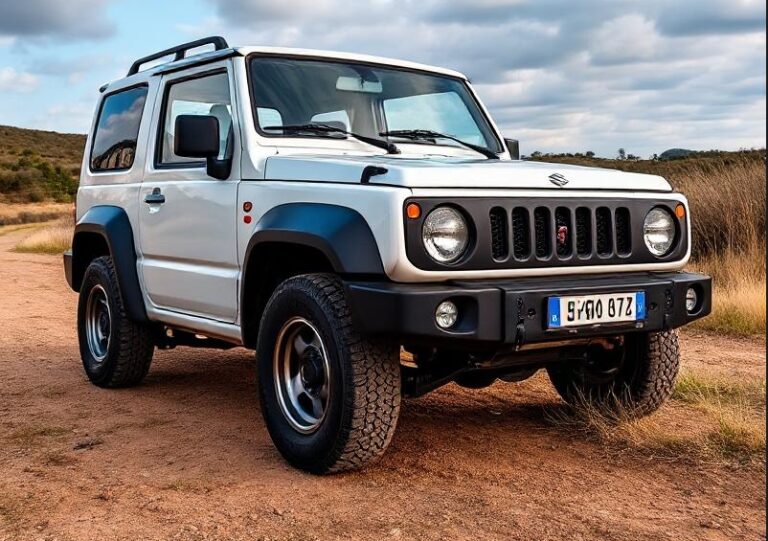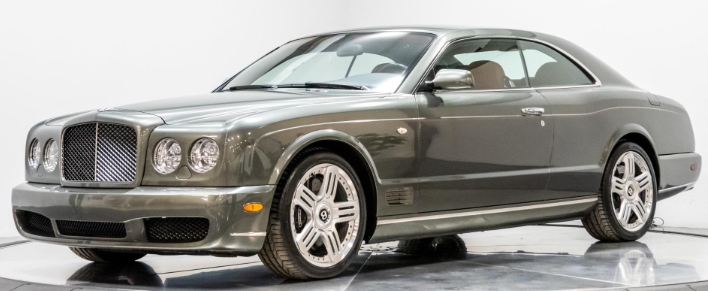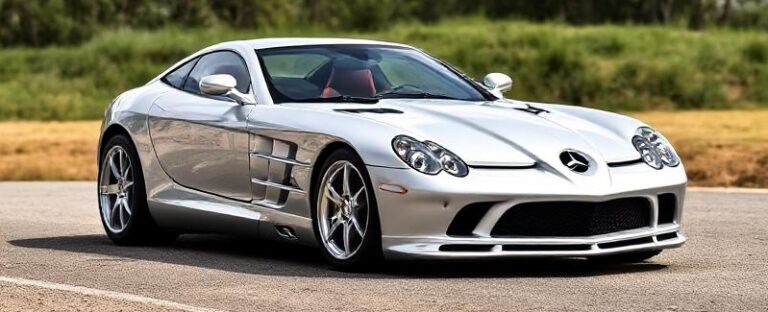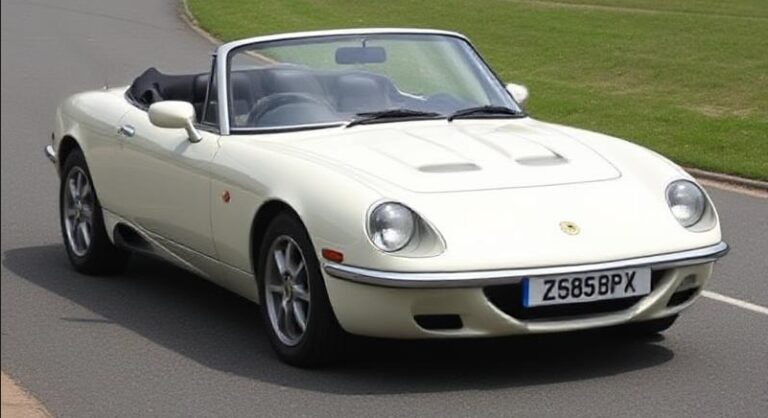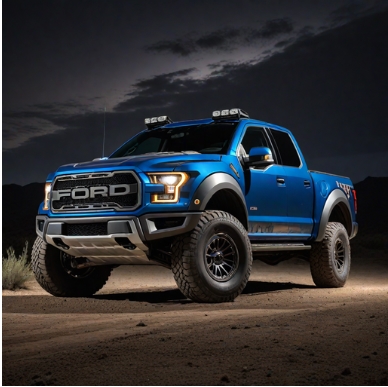The Evolution of the Jaguar XKR
The Jaguar XKR is one of the most iconic high-performance luxury grand tourers produced by the British automaker Jaguar Cars. Known for its blend of refined British elegance and impressive performance capabilities, the XKR has evolved significantly since its inception in the late 1990s. This article provides a detailed account of the evolution of the Jaguar XKR, including its production years, model variations, trim levels, and the technological advancements that have defined its journey.
Origins and First Generation (1998–2006)
Introduction and Development
The Jaguar XKR was introduced in 1998 as the high-performance flagship variant of the Jaguar XK series, which itself was a successor to the legendary Jaguar E-Type and XJS models. The “R” designation signified a focus on enhanced performance and handling.
First Generation (X100): 1998–2006
- Introduction Year: 1998
- Production Duration: 1998 to 2006
- The first-generation XKR was based on the Jaguar XK8 platform, which was introduced in 1996. The XKR was distinguished from the XK8 by its more powerful engine, sportier suspension, and unique styling cues.
Design and Features
The first XKR featured a sleek, aerodynamic design, with smooth lines and a traditional front grille. It was available as a coupe and, later, a convertible. The model was equipped with a supercharged 4.0-liter V8 engine, which was a significant upgrade over the naturally aspirated engine in the XK8.
Powertrain and Performance
- Engine: 4.0-liter AJ-V8 supercharged V8
- Power Output: Initially 370 horsepower (hp), later increased to 400 hp in 2003
- Transmission: 5-speed ZF automatic transmission
- Performance: 0-60 mph in approximately 5.2 seconds (initial models), improved to around 4.9 seconds with the 400-hp version
- Top Speed: Approximately 155 mph (limited)
Model Variants and Trim Levels
The first-generation XKR was offered primarily as a single trim with optional packages:
- Standard XKR: Focused on performance and luxury
- Special Features: Adaptive suspension, enhanced brakes, unique grille, and side vents.
Over the years, minor updates included improvements in interior materials, upgraded audio systems, and refinements in suspension and handling.
Second Generation (X150): 2006–2014
Introduction and Rationale
The second-generation Jaguar XK (X150) debuted in 2006, and the XKR was carried over as the high-performance derivative. This generation marked a more modern and aggressive design language, with a focus on aerodynamic efficiency and technological advancements.
Production Duration: 2006–2014
Design and Styling
The X150 series featured a more contemporary, curvaceous body style with a more prominent grille, sleek headlights, and a refined silhouette. The convertible (F-Type-inspired soft-top) was introduced alongside the coupe.
Powertrain and Performance
- Engine: 4.2-liter AJ-V8 supercharged V8 (initially), later replaced by a 5.0-liter variant
- Power Output:
- 4.2-liter supercharged V8: 420 hp
- 5.0-liter supercharged V8 (from 2009): 510 hp (XKR-S)
- Transmission: 6-speed ZF automatic (later 8-speed in some models)
- Performance:
- 0-60 mph in approximately 4.9 seconds (initial), down to about 4.2 seconds in later models
- Top speeds ranged from 155 mph to over 174 mph in the XKR-S
Model Variants and Trim Levels
The second-generation XKR evolved through several trims:
- XKR: Standard high-performance model
- XKR-S: A special high-performance variant introduced in 2011 with significant upgrades
- XKR Portfolio and Special Editions: Included bespoke interior options, unique color schemes, and technological packages
Notable Features and Technological Innovations
- Adaptive suspension with electronic damping
- Active differential for improved handling
- Enhanced braking systems
- Advanced infotainment and navigation systems
Noteworthy Updates
- 2009 Facelift: Introduction of the 5.0-liter engine, new front grille, revised bumpers, and interior improvements
- 2012 Refresh: Slight exterior tweaks, increased power, and updated technology
The XKR-S: The Pinnacle of Performance
Introduced in 2011, the XKR-S represented the ultimate performance version of the XKR lineup during the second generation.
- Engine: 5.0-liter supercharged V8
- Power: 550 hp
- Performance: 0-60 mph in about 4.2 seconds
- Top Speed: 186 mph
- Features: Upgraded suspension, sportier exterior styling, unique interior trim, and performance-focused tires and brakes.
The XKR-S was praised for its exceptional handling, aggressive styling, and blistering speed, making it a true competitor in the high-performance luxury coupe segment.
Third Generation (XK: 2014–2015)
In 2014, Jaguar announced the discontinuation of the XK series, including the XKR, to focus on the more modern F-Type lineup. The final XKR models were produced in 2015, ending a notable chapter in Jaguar’s performance heritage.
Key Points:
- The last models retained the 5.0-liter supercharged V8 engine.
- The final XKR offered a choice of coupe or convertible.
- Production was limited, and the model became a collector’s item.
.
You’ve got that cool car, but is it resting in its own cool place?
It’s visually pleasing for the surrounding areas outside of your home to look as awesome as what’s stored inside your garage! If you desire a truly inspirational environment, you should check into these plans!

.
Legacy and Impact
The Jaguar XKR’s evolution reflects a persistent pursuit of combining luxury with exhilarating performance. From its debut in 1998 with a 370-hp supercharged engine, through the technological enhancements of the second generation, to the blistering performance of the XKR-S, the model has embodied Jaguar’s commitment to craftsmanship and engineering excellence.
Throughout its production span, the XKR also saw a gradual shift towards more sophisticated electronic driver aids, better aerodynamics, and performance-focused engineering. Its distinctive British styling, combined with advanced powertrain technology, made it a standout in the high-performance luxury segment.
Summary of Key Model Years and Variants
| Year Range | Model/Variant | Engine / Power | Notable Features |
|---|---|---|---|
| 1998–2006 | XKR (First Gen) | 4.0L supercharged V8 / 370-400 hp | Classic styling, refined luxury |
| 2006–2014 | XKR (Second Gen) | 4.2L / 420 hp; 5.0L / 510 hp (from 2009) | Modern design, advanced tech |
| 2011–2015 | XKR-S | 5.0L supercharged V8 / 550 hp | Track-focused, aggressive styling |
| 2014–2015 | Final XKR | 5.0L supercharged V8 | Last production models |
Conclusion
The Jaguar XKR has left an indelible mark on the landscape of luxury performance cars. Its evolution from a refined grand tourer with a potent supercharged V8 to a high-performance beast with the XKR-S variant showcases Jaguar’s engineering prowess and commitment to blending elegance with raw speed.
Though production has ceased, the XKR remains a highly regarded model in the collector and enthusiast communities, celebrated for its distinctive styling, spirited performance, and British luxury. Its legacy endures as a symbol of Jaguar’s pursuit of excellence in the high-performance luxury automobile segment.


